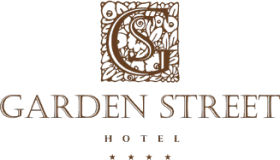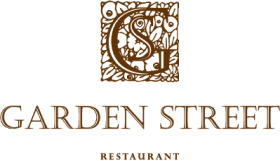Church of the Savior on Blood
The Church of the Savior on Spilled Blooda is a Russian Orthodox church which currently functions as a secular museum and church at the same time. The structure was constructed between 1883 and 1907. It is one of Saint Petersburg’s major attractions.
The church was erected on the site where political nihilists assassinated Emperor Alexander II in March 1881. The church was funded by the Romanov imperial family in honor of Alexander II, and the suffix “on [Spilled] Blood” refers to his assassination.


